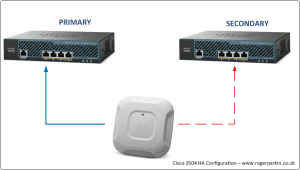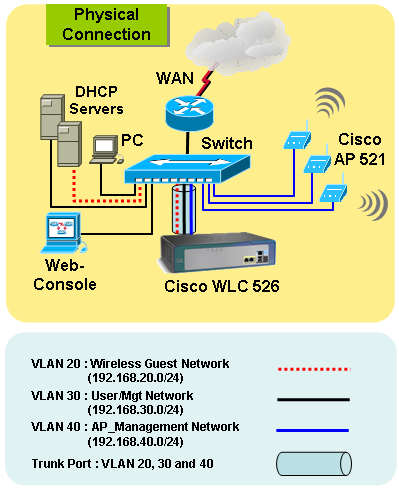

The controller handles all other functionalities, such as the following: ■ Air monitoring for interferences and rogues The AP handles the portions that have real-time requirements, such as the following: Portions of the standard, and the Cisco WLC, which handles items that are not time sensitive. The controller-based solution allows the splitting of 802.11 functions between the controller-based AP, which handles real-time Good place to also know what your WLC can/can't do.ĭo what Scott's doing, get a WLC for you to play with.Īlso ask management if they can send you to wireless training.
#CISCO WIRELESS ACCESS CONTROLLER CONFIGURATION GUIDE HOW TO#
Cisco Wireless LAN Controller Configuration Guide, Release 7.5 < - How to configure a wireless LAN controller (WLC). Cisco Unified Wireless IP Phone 7925G, 7925G-EX, and 7926G Deployment Guide < - I know this is a PHONE deployment guide but IF you can influence your company to deploy VoIP-grade wireless then you won't have problems with roaming ģ. I recommend you the following stuff to read during your spare time:Ģ. If your organization hired you, even of your limited wireless knowledge, then it means that the company trust you will acquire knowledge to get yourself productive.


Like what Scott said, it's a difficult concept to understand if you don't have a WLC to play with, however, once you start getting comfortable with the GUI, it's not difficult to master it either. In some cases, you can configure each AP individually or you can configure the entire WLAN behaviour all by a simple GUI. The APs basically becomes a very large antenna. The beauty about controller-based AP (aka light weight access point), is that all configuration is done on the controller. It's the same thing, except it no longer has the phrase "developed by Cisco". Later, IEEE ratified this protocol and out came a new "buzz" word called CAPWAP. Basically it's the way how an access point talks to a the controller. After Cisco aquired Aerospace, they introduced to a market the term called LWAPP (light wieght access point protocol).


 0 kommentar(er)
0 kommentar(er)
